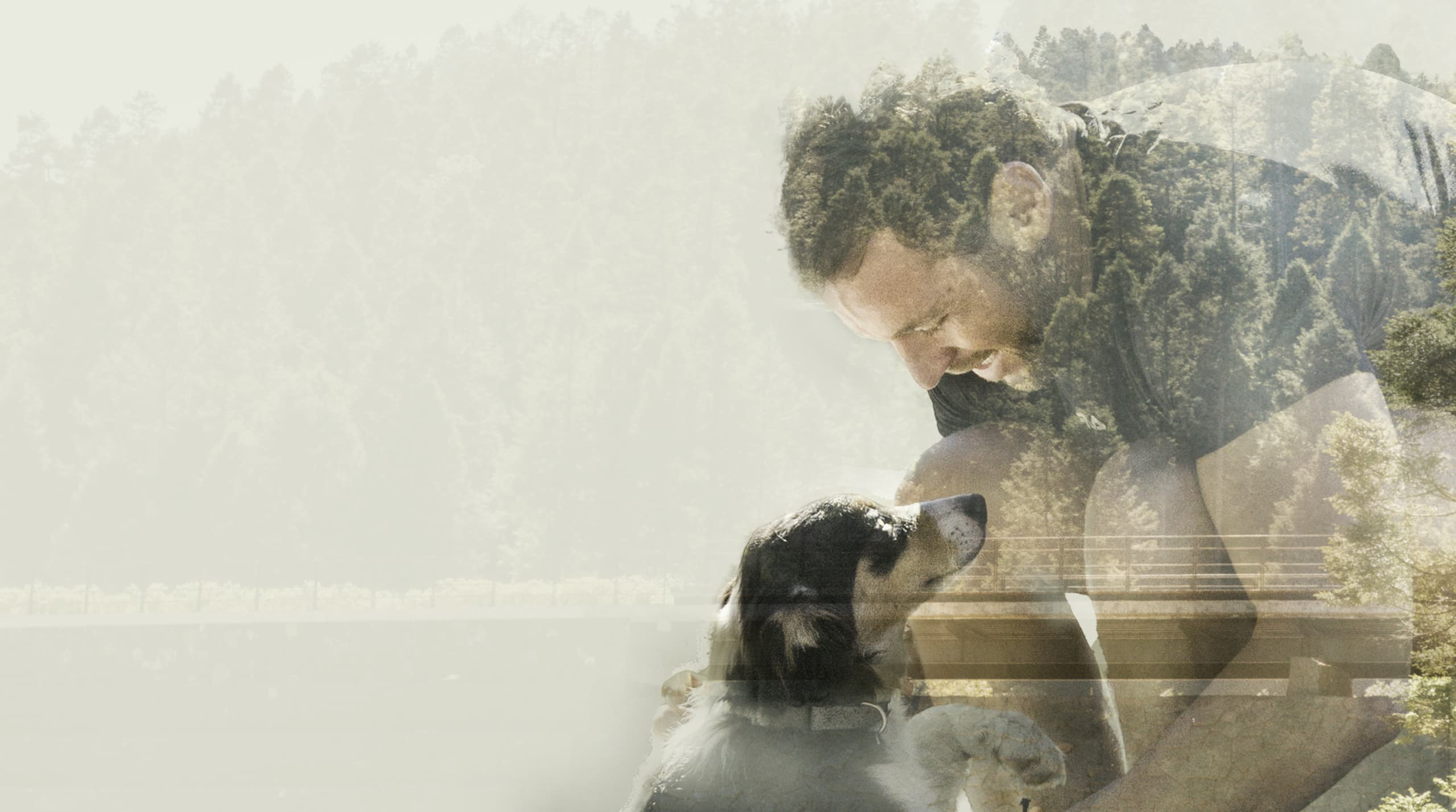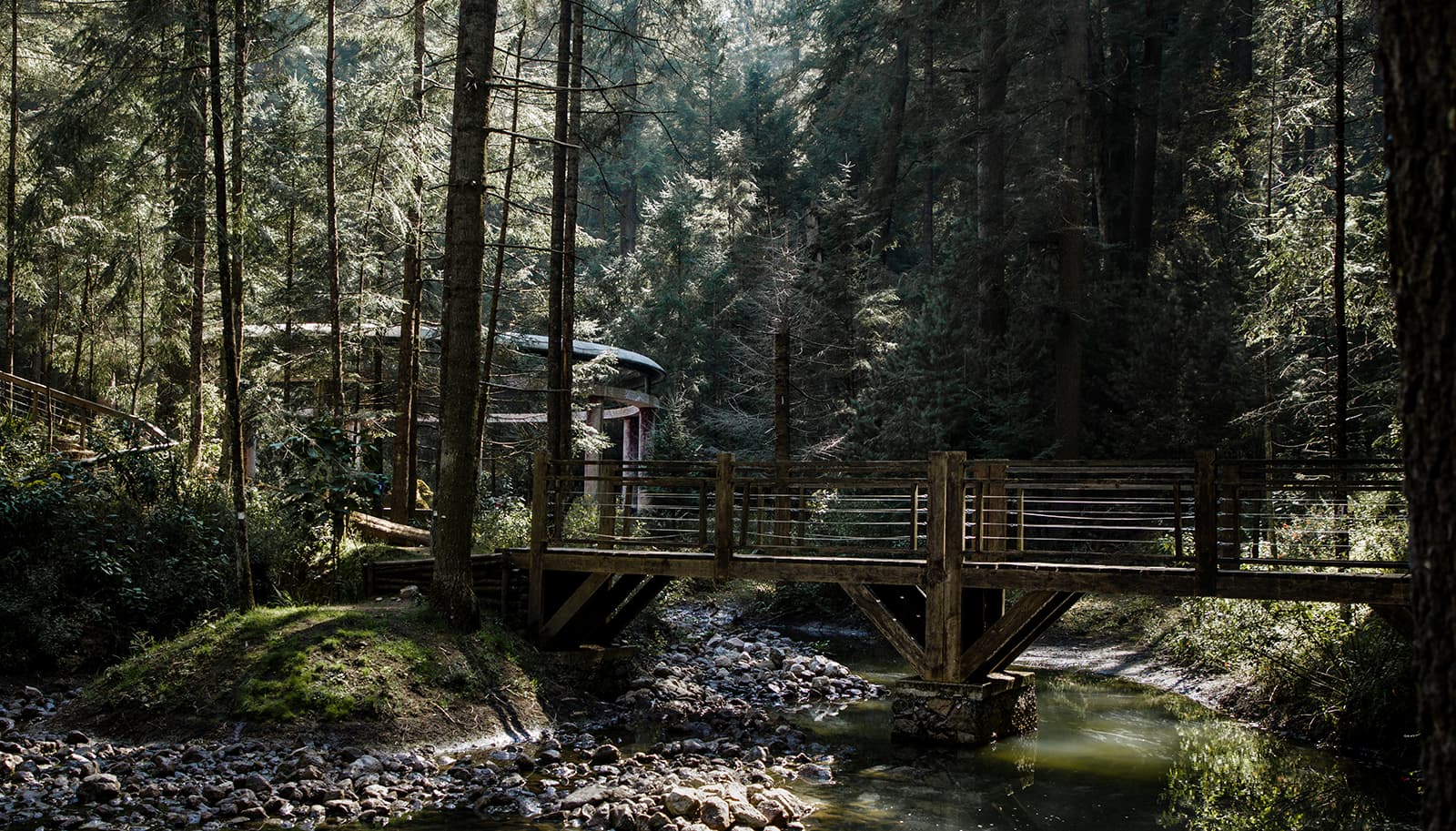

At Reserva Santa Fe, we are committed to becoming the first “Regenerative Community in Latin America”. We seek to build a home in balance with nature, restoring the precious world we have inherited and preserving it for future generations.
To achieve this, we have set out to become LIVING COMMUNITY CHALLENGE (LCC) certified, the world’s most rigorous standard for environmental performance. This approach focuses on tangible results that involve the entire community. It drives us to establish a sustainable framework in the planning, maintenance and daily operation of our built environment. Certification inspires us to adopt sustainable practices and behaviors in all aspects of our community, from construction and design to responsible resource management and use.
In addition, we are committed to collaborating with residents, businesses and community organizations to promote a sustainable and responsible lifestyle. Through this page, we share our progress and achievements in meeting the certification requirements, in the hope of motivating other developments to adopt the philosophy of the International Living Future Institute.
Who are we?
Reserva Santa Fe, located in the municipality of Lerma, State of Mexico, is a housing development that will house 500 families on a 204-hectare site. Within these hectares, 107 hectares are dedicated to a permanently protected coniferous forest. It is important to note that the plots on which the houses and general infrastructure of the development are built were previously degraded due to agricultural and livestock activities that took place mainly in the 1980s.
Our community has set a goal of returning more natural resources to the environment than we use to build, live and operate the development. To achieve this, we will implement a variety of sustainable practices. For example, we will capture rainwater and treat it on site for potable use, thus avoiding the extraction of water from wells.
Characteristics of the project

Low density
We will build 2.4 houses per hectare, distributed in 217 single-family lots, 37 single-family homes and 246 multi-family homes, located in former agricultural plots that are impacted, so our Master Plan densifies the occupation of housing and construction uses in 86 hectares.

Ecosystem regeneration
Our goal is to recover ecosystems that were degraded prior to development, for which we will conserve and restore twice the amount of space we occupied for construction, that is 172 hectares of priority ecosystems.

Humanscale
The design of the development takes the human being as the main parameter, so we will have only 5 km of interior streets and 25 km of pedestrian paths and walkways for human-powered instruments.

Biophilia
We create environments that promote emotional and physical connection with nature, improving the health and well-being of the community, including the use of natural light, organic materials, indoor vegetation and outdoor views. By embracing biophilia, we seek to re-establish our relationship with nature in urban environments, creating healthier and more pleasant spaces to live, work and enjoy.

Place
The objective of Pétalo de Sitio is to redefine the way in which people understand and relate to the natural environment that sustains us, understanding in detail the conditions of the space, its identity, culture, history, natural patterns and abiotic conditions, designing a community that participates in the regeneration of the ecosystem and that takes the human being as the main actor.
Water
Its objective is to readjust the way people use water and redefine the concept of ‘waste’ in the built environment, so that water is valued as a scarce and highly precious resource, so our goal is to capture, purify and treat enough water for homes and community buildings, returning at least an additional 5% of the resource to the ecosystem.

Energy
We seek to contribute to creating a new era of design, in which the built environment is based solely on renewable forms of energy and operates year-round in a safe and pollution-free manner. It also aims to prioritize reductions and optimization before applying technological solutions to eliminate unnecessary waste of energy, resources and money.

Health and Happiness
It is intended to focus on the core conditions that must be present to create strong, healthy communities filled with happy, productive people, rather than addressing all the possible ways in which our neighborhoods and cities can compromise the human experience.

Materials
The goal of the Materials Petal is to help create a materials economy for building construction, operation and maintenance that is non-toxic, ecologically restorative, socially equitable, low in emissions and transparent about manufacturing content.

Equity
It seeks to relate the impacts of design and development to their ability to foster a true sense of community. A society that embraces all sectors of humanity and allows the dignity of equal access is a civilization in the best position to make decisions that protect and restore the natural environment.

Beauty
It is recognizing the need for beauty as a precursor to caring about protecting and conserving nature, improving our relationships with our neighbors and serving the common good. As a society, we are often surrounded by ugly and inhumane physical environments. If we don’t care about our homes, streets, offices, and neighborhoods, Why should we extend that concern to our rural areas, forests, or ecosystems?
Blog
More postsNature that Inspires
Testimonial
-
Reserva Santa Fe is a place that invites you to connect with nature and enjoy a luxury that is becoming increasingly scarce…. silence.
Armando Turrent Riquelme, CEO Reserva Santa Fe -
Reserva Santa Fe is a magical place!, I can’t wait for my son to grow up in contact with nature, in a healthy and safe environment.
Priscila Pacheco Menocal, Homeowner -
Without Reserva Santa Fe, these forests would undoubtedly be destined to disappear; the disorderly growth of the Valley of Mexico has impacted large extensions of forest land.
Martín Gutiérrez Lacayo, Director of Environment and Sustainability -
From the first moment I got to know Reserva Santa Fe, I reconnected with the essential. Every sunrise and sunset evokes serenity and majesty. The self-sustaining philosophy of the place teaches me to live in harmony with the earth. In this magical forest I found a refuge for my soul and a transformative perspective on life.
Glenda Furszyfer, Homeowner

-
First Regenerative Housing Development in Latin America
-
25 kilometers of pedestrian and bicycle trails
-
Free and low-emission public transportation






